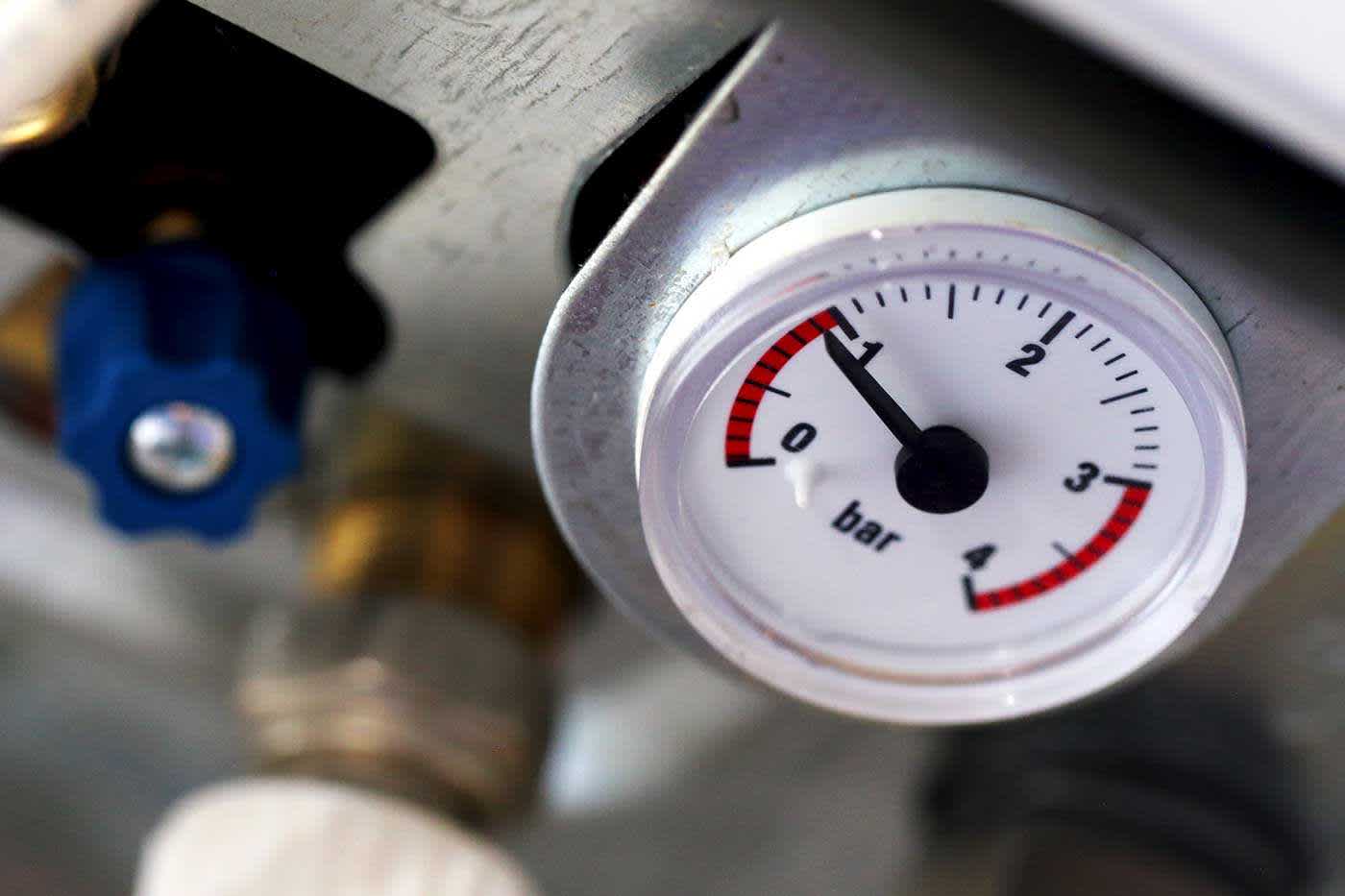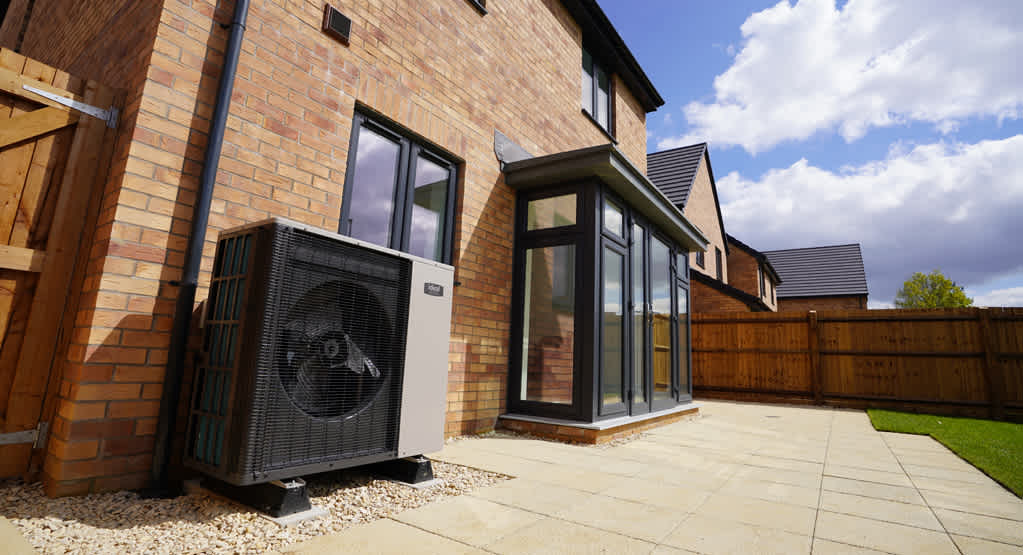
New energy price cap: What it means for you
News of what the new energy price cap will be from 1st October 2025 was released in August. The maximum price per unit of energy that suppliers can charge you for your gas and electricity has risen by 2%. The rising cost means your energy bill could be higher this Winter. Here’s everything you need to understand about the new price cap, how it may affect your bills, and what you can do to lower the cost of energy this Winter.
What is the energy price cap?
The Government brought the energy price cap into effect in 2019. The aim was to prevent energy providers from overcharging customers. Prior to the cap, there were concerns that customers on a standard variable (or ‘default’) dual tariff ended up paying a ‘loyalty penalty’.
Standard variable tariff: Where your gas and electricity bill goes up and down with the price of energy.
Fixed tariff: Where your bill is the same for the whole length of your contract.
Loyalty penalty: When longstanding customers pay far more for the same service than a new customer.
Ofgem now publishes the new highest price some customers can be charged for gas and/or electricity by their energy supplier every three months. It’s based on a ‘typical household’ using 11,500 kWh of gas and 2,700 kWh of electricity a year.
The cap covers people who pay for their gas and electricity by:
Direct debit
Prepayment meter
Standard credit (making a payment when you receive your gas and electricity bill)
Economy 7 (E7) meter
How much is the new energy price cap?
For a ‘typical’ household, the energy price cap was £1,720 between 1st July to 30th September 2025. It’s rising to £1,755 for 1st October to 31st December 2025.
When the energy price cap changes
The new energy price cap will take effect on 1 October 2025. Price caps are announced every three months: in January, April, July, and October.
2026 price caps will be announced on:
25th November 2025 for 1st January to 31st March
25th February 2026 for 1st April to 30th June
27th May 2026 for 1st July to 30th September
Why is the energy price cap increasing?
If you’re wondering why energy prices are going up again, it’s all to do with how the cap is set. The price cap reflects wholesale energy prices, which go up and down depending on different influences and factors, including:
The surge in energy demand during 2021, as countries restarted ‘normal’ activities in a post-Covid-19 world. As lockdowns were lifted and businesses reopened, demand for energy spiked - as did prices.
An increase in demand for fossil fuel energy. Though we’re transitioning to more renewable sources and homes are getting greener, changes in weather patterns and the post-pandemic landscape have seen higher use of natural gas, coal, and oil than we expected.
Higher gas prices. Over the last few years, the UK’s gas supply has been under various pressures, which has caused the cost of gas to increase. We need gas to create electricity, which is why the cost of electricity has grown, too.
Are energy prices going up?
How much your energy bill is depends on the amount of gas and electricity you use, but it can also be impacted by the price cap. Take a look at our blog for tips on maximising your boiler’s efficiency to reduce energy use to save some pounds.
If you’re on a standard or default tariff and pay for your energy via direct debit, the amount suppliers can charge you will rise from 1st October 2025.
If you’re on a fixed-price deal, your bill shouldn’t change. If energy prices go up, then you could be better off. However, if energy prices go down while you’re on a fixed tariff, you might end up paying more for your energy.
Our blog has 10 ways to improve energy efficiency in your home to help you save energy (and related costs) this Winter.
New energy prices in real-terms
Wondering how your energy bill might look in the run-up to Christmas? We can’t give you a hard-and-fast figure. But we can share the BBC’s analysis of Ofgem’s price cap figures to give you an idea.
Remember: Your energy bill depends on different things, from the number of people you live with to the type of property you call home, so use these figures as a guide only.
Type of property | Gas use | Electricity use | Approximate yearly cost |
Flat or one-bedroom house 1-2 people | 7,500 kWh | 1,800 kWh | £1,266 |
Two-to three-bedroom house 2-3 people | 11,500 kWh | 2,700 kWh | £1,755 |
Four-or-more-bedroom house 4+ people | 17,000 kWh | 4,100 kWh | £2,470 |
Source: BBC analysis of Ofgem figures
Did you know a new boiler could reduce the cost of your energy bill? Find out how by reading our blog: How a new boiler saves money on energy bills.
Energy price cap forecast
It’s not all bad news, though. The next energy price cap will be announced on 25th November 2025 (for 1st January to 31st March 2026) and some analysts are saying it will drop. By how much, we’re not sure.
However, they’re also predicting it will rise again in April 2026. To set the new price cap for the start of 2026, Ofgem will once again look at the wholesale cost of gas and electricity.
Energy prices and support
If you’re concerned about how the new price cap will impact your bills, there are a couple of resources we’d recommend you look at:
Ofgem’s website. It’s got practical advice and steps you can take if you’re worried about affording energy this Winter. We recommend reading their article on getting help with your energy bills.
Your supplier’s energy plans. Affordable payment plans and repayment holidays must be offered to customers by energy providers, so get in touch with yours to see what’s available.
Our tips and advice page. From tips for saving energy with your central heating to smart devices that can lower your energy bills, there’s lots of useful information to stay warm amid rising costs this Winter.














